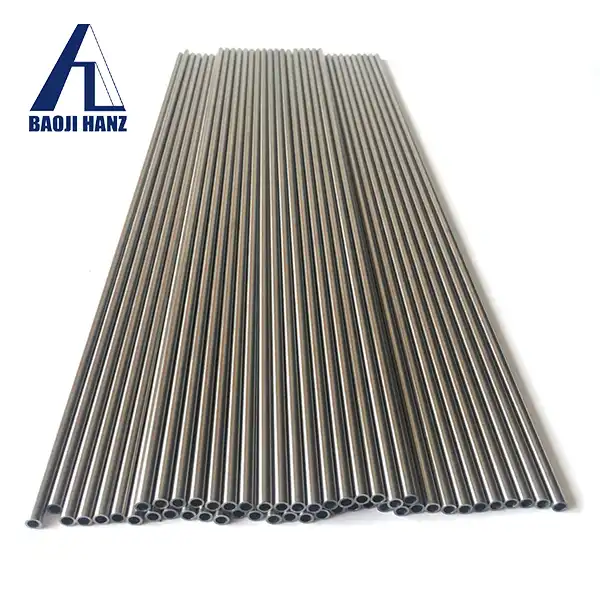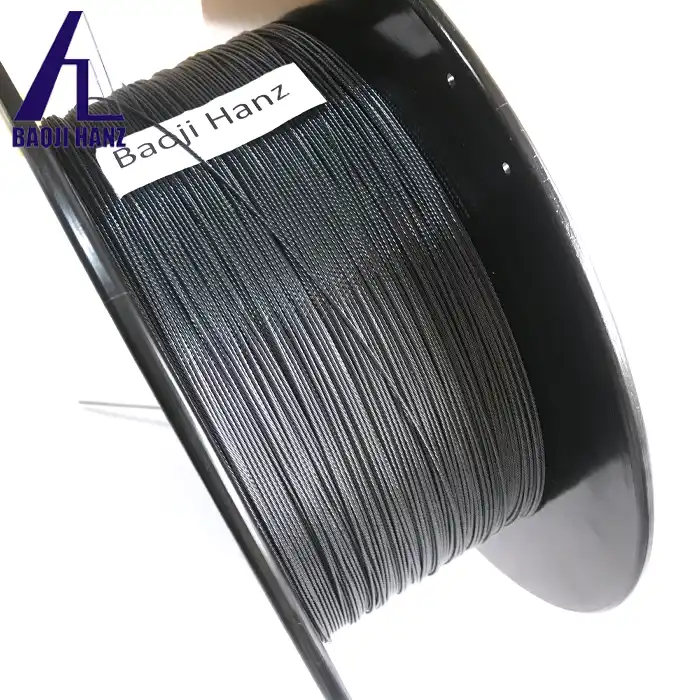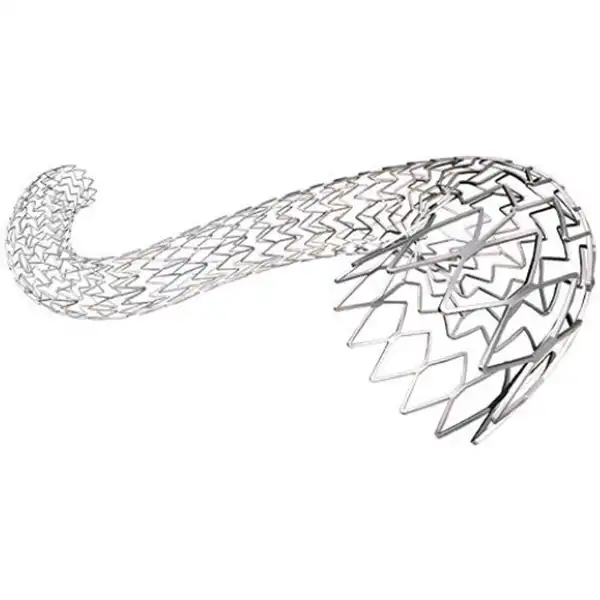Can I use nitinol paper clips in experiments?
2024-11-04 14:03:25
Shape memory nitinol paper clips have garnered significant attention in scientific and educational circles due to their unique shape memory properties. These remarkable fasteners, made from nickel-titanium alloy, possess the ability to return to their original shape when exposed to heat, making them fascinating subjects for various experiments. This blog explores the potential applications of nitinol paper clips in experimental settings, discussing their properties, advantages, and limitations. We'll delve into the science behind these innovative clips, examine their practical uses in educational demonstrations, and consider the safety precautions necessary when working with nitinol materials. Whether you're a curious student, an educator, or a researcher, this comprehensive guide will provide valuable insights into the world of nitinol paper clips and their role in scientific experimentation.
Understanding Nitinol Paper Clips
The Science Behind Shape Memory Alloys
Nitinol, a portmanteau of Nickel Titanium Naval Ordnance Laboratory, is a remarkable alloy that exhibits shape memory and superelastic properties. This unique material can "remember" its original shape and return to it when heated above a specific temperature. The phenomenon occurs due to a phase transformation in the crystal structure of the alloy, transitioning between austenite and martensite phases. This characteristic makes nitinol paper clips particularly intriguing for experimental purposes, as they can demonstrate complex material behaviors in a simple, tangible form.
Properties of Nitinol Paper Clips
Shape memory nitinol paper clips possess several distinctive properties that set them apart from conventional paper clips. Their ability to recover their original shape after deformation is their most notable feature. Additionally, these clips exhibit excellent corrosion resistance, biocompatibility, and fatigue resistance. The superelastic nature of nitinol allows the clips to undergo large deformations without permanent damage, making them highly durable and reusable in experimental settings. Understanding these properties is crucial for designing effective experiments and interpreting results accurately.
Manufacturing Process of Nitinol Paper Clips
The production of nitinol paper clips involves a sophisticated manufacturing process. It begins with the precise alloying of nickel and titanium, followed by careful heat treatment to impart the desired shape memory characteristics. The alloy is then formed into wire and shaped into paper clips through a series of bending and shaping operations. The final step involves a heat-setting process that "programs" the clip's memory shape. This intricate manufacturing process ensures that the nitinol paper clips maintain their unique properties, making them valuable tools for scientific experiments and demonstrations.
Experimental Applications of Nitinol Paper Clips
Demonstrating Shape Memory Effect
One of the most captivating experiments involving nitinol paper clips is the demonstration of the shape memory effect. In this experiment, the clip is deformed at room temperature, altering its shape significantly. When subjected to heat, such as from a hot water bath or a flame, the clip dramatically returns to its original form. This visual demonstration provides a powerful illustration of shape memory alloys' behavior, making it an excellent tool for teaching materials science concepts. The experiment can be expanded to explore the impact of different temperatures and heating durations on the speed and completeness of shape recovery.
Investigating Stress-Strain Relationships
Shape memory nitinol paper clips offer a unique opportunity to study stress-strain relationships in materials. By applying controlled forces to the clip and measuring its deformation, students and researchers can gain insights into the material's elastic and superelastic properties. This experiment can be particularly enlightening when comparing nitinol clips to conventional steel clips, highlighting the extraordinary elasticity of shape memory alloys. Advanced setups might incorporate strain gauges and data acquisition systems to quantify the stress-strain behavior precisely, providing valuable data for materials science research.
Exploring Temperature-Dependent Properties
The temperature-dependent behavior of nitinol paper clips makes them ideal for experiments investigating the relationship between temperature and material properties. By subjecting the clips to various temperatures and observing changes in their stiffness, shape recovery, and overall behavior, experimenters can gain a deeper understanding of phase transitions in shape memory alloys. This type of experiment can be particularly valuable in thermodynamics and materials science courses, offering hands-on experience with concepts like phase diagrams and transformation temperatures.
Considerations and Best Practices
Safety Precautions
While nitinol paper clips are generally safe for experimental use, certain precautions should be observed. The clips can become quite hot during shape recovery experiments, posing a burn risk if handled immediately after heating. It's advisable to use tongs or heat-resistant gloves when manipulating heated clips. Additionally, if the clips are cut or ground, proper ventilation and respiratory protection should be used to avoid inhalation of metal particles. When conducting experiments with younger students, supervision is essential to ensure safe handling and prevent accidental ingestion of small clip fragments.
Experimental Design Considerations
Designing effective experiments with shape memory nitinol paper clips requires careful consideration of several factors. The transformation temperature of the nitinol alloy used in the clips should be known and taken into account when planning heat-related experiments. Precise temperature control and measurement are often necessary for reproducible results. The number of shape memory cycles a clip can undergo may be limited, so fresh clips should be used for critical experiments. It's also important to consider the potential impact of external factors, such as applied stress or ambient temperature, on the clip's behavior during experiments.
Documentation and Data Analysis
Thorough documentation is crucial when conducting experiments with nitinol paper clips. Detailed records of experimental conditions, including temperatures, applied forces, and durations, should be maintained. Video recordings can be particularly valuable for capturing the dynamic shape recovery process. When analyzing data from nitinol clip experiments, it's important to consider the potential variability between individual clips and the impact of repeated cycles on their performance. Statistical analysis of multiple trials can help ensure the reliability and reproducibility of experimental results, enhancing the scientific value of the experiments.
Conclusion
Shape memory nitinol paper clips offer a fascinating and accessible way to explore advanced materials science concepts in experimental settings. Their unique properties make them valuable tools for demonstrating shape memory effects, investigating stress-strain relationships, and exploring temperature-dependent material behaviors. By following proper safety precautions and experimental design considerations, researchers and educators can leverage these innovative clips to create engaging and informative experiments that illuminate the remarkable world of shape memory alloys. If you want to get more information about this product, you can contact us at: baojihanz-niti@hanztech.cn.
References
1. Johnson, A. D. (2009). "Memory alloys: Applications and markets." Materials Today, 12(6), 34-41.
2. Sun, L., & Huang, W. M. (2010). "Nature of the multistage transformation in shape memory alloys upon heating." Metal Science and Heat Treatment, 52(3-4), 113-118.
3. Otsuka, K., & Ren, X. (2005). "Physical metallurgy of Ti–Ni-based shape memory alloys." Progress in Materials Science, 50(5), 511-678.
4. Lagoudas, D. C. (Ed.). (2008). Shape memory alloys: modeling and engineering applications. Springer Science & Business Media.
5. Morgan, N. B. (2004). "Medical shape memory alloy applications—the market and its products." Materials Science and Engineering: A, 378(1-2), 16-23.
6. Duerig, T., Pelton, A., & Stöckel, D. (1999). "An overview of nitinol medical applications." Materials Science and Engineering: A, 273, 149-160.


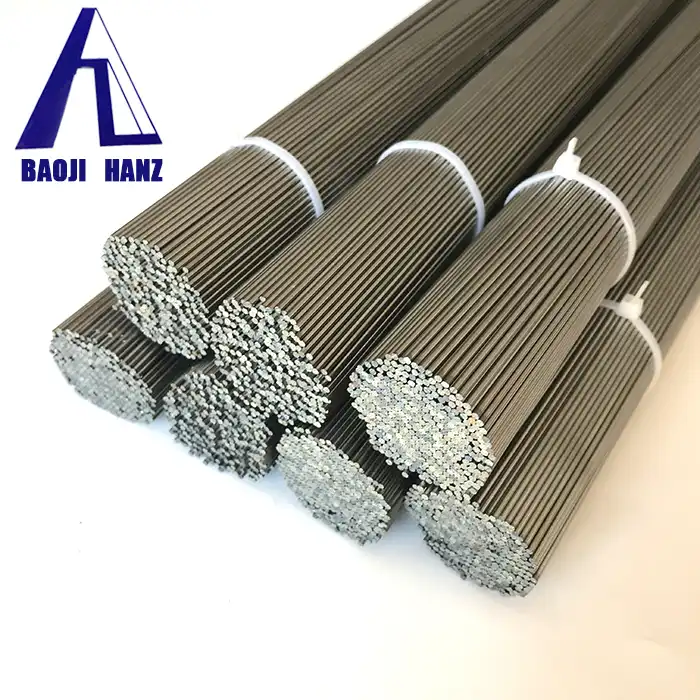
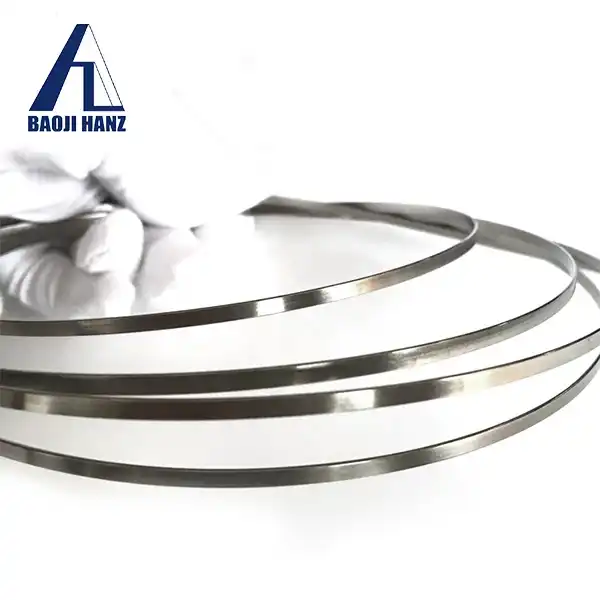
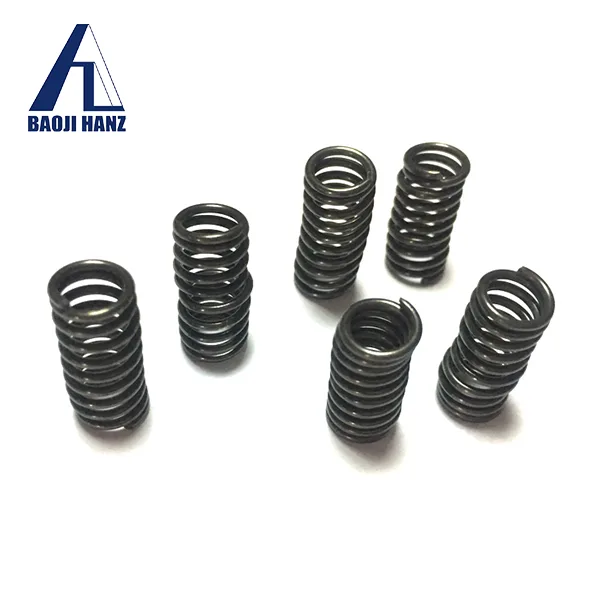
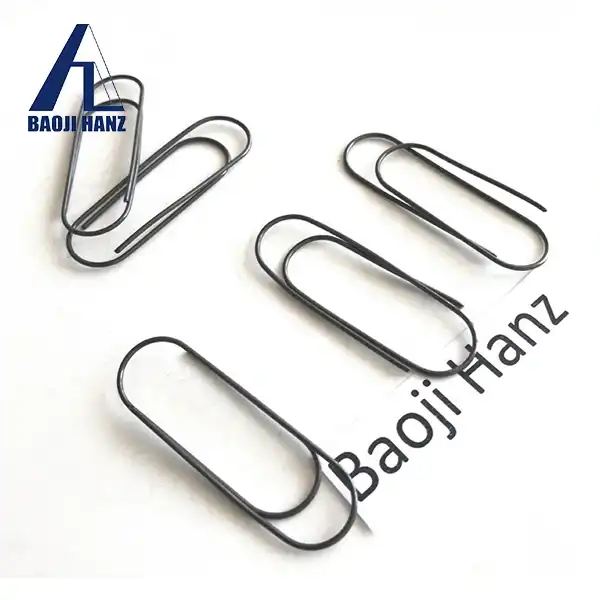
.webp)
